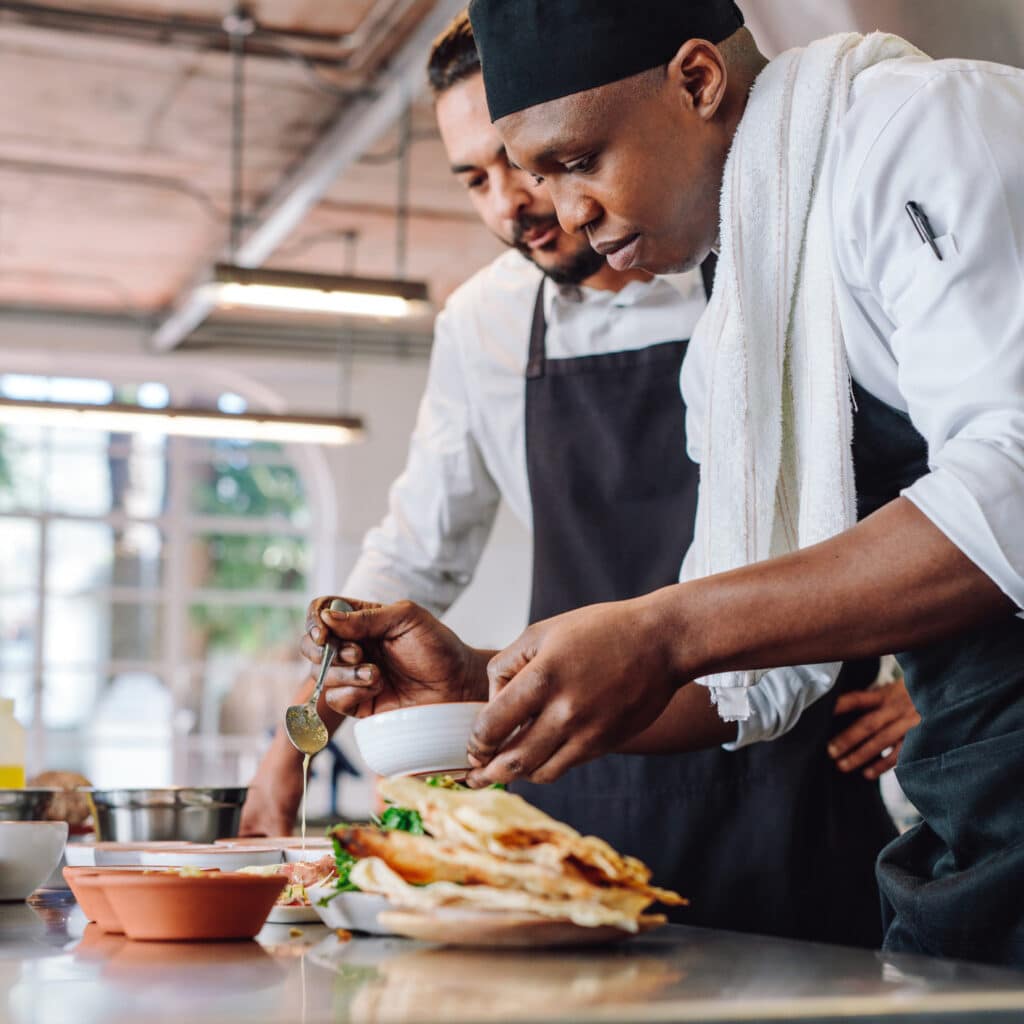How to forecast your restaurant’s recovery
Knowing how to leverage restaurant reporting tools is one of the most effective measures you can take to better understand your business’ real time financial health. As the restaurant industry continues to pivot around the pandemic, the ability to forecast your restaurant’s revenue and labor requirements is crucial to optimizing your labor spend without adversely impacting your restaurant’s food service quality. Since restaurant technology has improved the accessibility of actionable performance data, there’s never been a better time for you to make use of restaurant reporting tools to understand what your recovery may look like moving forward.
Forecasting by revenue center
Though forecasting your restaurant’s sales is vital to determining your cash flow, if you’re not forecasting your sales by their individual revenue centers – dine in, take out, delivery, curbside, catering, etc. – you won’t be able to fully understand what your business requires to run cost effectively. Since your revenue centers encompass your restaurant’s historical performance data, it’s important for you to include this information when forecasting to ensure both accuracy and relevance in your business reports. For example, if your dining room is currently closed, you don’t want to include those numbers in your forecasting. By understanding how you can reference your restaurant’s revenue centers in your forecasts, you will be able to save time and improve the validity of your restaurant reporting tools.
Forecast Your Inventory Needs
While acquiring a deeper understanding of your restaurant’s food cost is an essential component of any inventory report, being able to forecast your theoretical food cost against your actual food cost will provide you with better insight when reviewing your restaurant’s real-time performance. By utilizing a running actual vs. theoretical inventory report, your restaurant will be better positioned to make data-driven decisions that optimize your forecasted purchase orders.
Review Past Labor Reports
To get a better understanding of your forecasted labor cost, reference your restaurant’s historical labor data when building your labor reports. By analyzing your restaurant’s historical labor data, you can optimize your employee scheduling to improve your restaurant’s readiness to changes in your forecasted labor demand. This will not only help you to better understand your restaurant’s theoretical labor cost percentage, but it will also provide you with a benchmark for measuring against your actual labor cost percentage when evaluating your restaurant’s labor performance data.
Dial in Your Restaurant Sales Reports
Since forecasting your restaurant’s sales is vital to projecting your financial outcome, you’ll want to reference your restaurant’s historical sales reports to build an accurate sales forecast. By paying special attention to breaking down your historical sales reports by their date, time, and season, you’ll be better positioned to identify trends in your customers’ behavior, which will directly impact how you’re able to proactively manage your restaurant. Additionally, by having more accurate sales forecasts, your restaurant managers and stakeholders will have better insight into allocating the optimal ratio of staffing to inventory purchases, which will serve to further bolster your restaurant’s financial outcome.
Analyze and Reevaluate Your Menu Design
Though building accurate sales and labor forecasts are essential restaurant reports, knowing how to promote your most profitable menu items is key to growing your menu item margins. Since food costs are often variable, you’ll want to regularly review your menu reports for items that are subject to ongoing market price fluctuations (such as your protein purchases). Once you’ve identified your most profitable menu items, you’ll want to update your product mix to promote your high margin menu items to boost your profit margin. Since tracking your product mix and menu reports can be a tedious process, you might consider using an integrated solution that tracks your most profitable and popular menu items while updating your cost of goods sold (COGS) in real time.
Track Average Order Value per Customer
Since many restaurant POS systems now feature built-in customer reports, tracking your average order value per customer has never been more accessible. With this type of report, you’ll be able to get a fuller picture about what your customers are ordering, so you can build more profitable and targeted menu offerings. While a POS-driven customer report is important to incorporate into your restaurant reporting tools, you might want to use a reporting system that includes custom reporting features to easily build and track your more detailed customer reports.
Build Customer Data Reports
With restaurant sales so closely tied to customer preferences, being able to build detailed customer data reports will give your restaurant better insight into maximizing your customers’ experience, thereby increasing customer loyalty and visit frequency. While your customer data reports can include various dimensions, such as geographic location, the top-three items you’ll want to feature in your report should include information on:
- Your top customers
- Your total sales by customer
- Your purchase and return histories per customer
By incorporating these items into your customer data reports, you should be able to identify what your current customer profile looks like, how you can expand that profile to target your other audiences, and make predictions as to what your restaurant can do to maintain customer engagement.
Evaluate the Trend for Your Takeout and Delivery Orders
When evaluating trends for your restaurant’s takeout and delivery sales, you might want to include information about your customers’ payment preferences (i.e. cash, credit card, contactless). Since online ordering has become increasingly popular over the past few months, you’ll want to ensure you understand your customers’ ordering and payment preferences to better suit their needs. For instance, if your customers are partial to using third party online ordering services, it might be helpful for you to adopt your own online ordering system to save on delivery fees while gaining increased access to more timely and detailed sales reports.
Planning for 25% capacity in your forecasts
Since the immediate future of the restaurant industry is ever-changing, you’ll want to leverage your restaurant reporting tools to help optimize your restaurant’s financial health. As state and local governments continue to update public health requirements, it becomes increasingly important for restaurants to develop a contingency operating plan in the event of further capacity restrictions. Since it’s unclear how the pandemic will continue to impact the restaurant industry, it’s important to regularly utilize your restaurant reporting tools to best forecast for your restaurant’s changing operating situation.
Conclusion
Restaurant reporting tools can be used to provide your business with a wealth of detailed information on your inventory, sales and labor forecasts, as well as your customer preferences. Savvy restaurant operators use this information to make data-driven decisions to boost profitability even under the most difficult economic climates. If you’re interested in enhancing your restaurant’s reporting capabilities, consider using Restaurant365, an all-in-one, restaurant-specific accounting, inventory and scheduling platform that features advanced financial and operations reporting tools. Ask for a free demo today.



